Pertrochanteric Femoral Nonunion Treated with Nail Plate Fixation
Score and Comment on this Case
Clinical Details
Clinical and radiological findings: A 68-year-old male with a history of heavy tobacco use and microvascular disease presented with a pertrochanteric femoral nonunion. The initial injury was treated with an intramedullary nail, which was deemed less durable than other designs. Radiographs demonstrated a mobile nonunion with medial bone loss. There was no clinical or laboratory evidence of infection, although subclinical infection could not be ruled out.
Preoperative Plan
Planning remarks: The preoperative plan involved an open takedown of the nonunion, intraoperative cultures to rule out infection, and re-nailing with a nail plate construct to address deformity and provide compression and full femur protection. A graft product with osteogenic, osteoinductive, and osteoconductive properties was planned to enhance biological healing.
Surgical Discussion
Patient positioning: The patient was positioned in the lateral decubitus position to facilitate access to the proximal femur.
Anatomical surgical approach: A lateral approach to the proximal femur was utilized. The incision extended along the lateral aspect of the thigh, allowing for exposure of the nonunion site. An open takedown of the nonunion was performed, and cultures were obtained. The nonunion site was prepared for re-nailing with a nail plate construct.
Operative remarks:Intraoperative findings included significant medial bone loss at the nonunion site. The decision was made to use a nail plate construct to provide both deformity correction and stable fixation. The use of a blade was considered but deemed less favorable due to concerns about early fatigue failure without additional medial column support. A graft product with lineage-directed stem cells and growth factors was used to enhance biological healing.
Postoperative protocol: Postoperatively, the patient was advised to cease smoking and avoid weight-bearing on the affected limb until sufficient healing was observed radiographically. Progressive weight-bearing was planned based on clinical and radiological assessment of union.
Follow up: Not specified.
Orthopaedic implants used: Nail plate construct, graft product with lineage-directed stem cells and growth factors.
Search for Related Literature
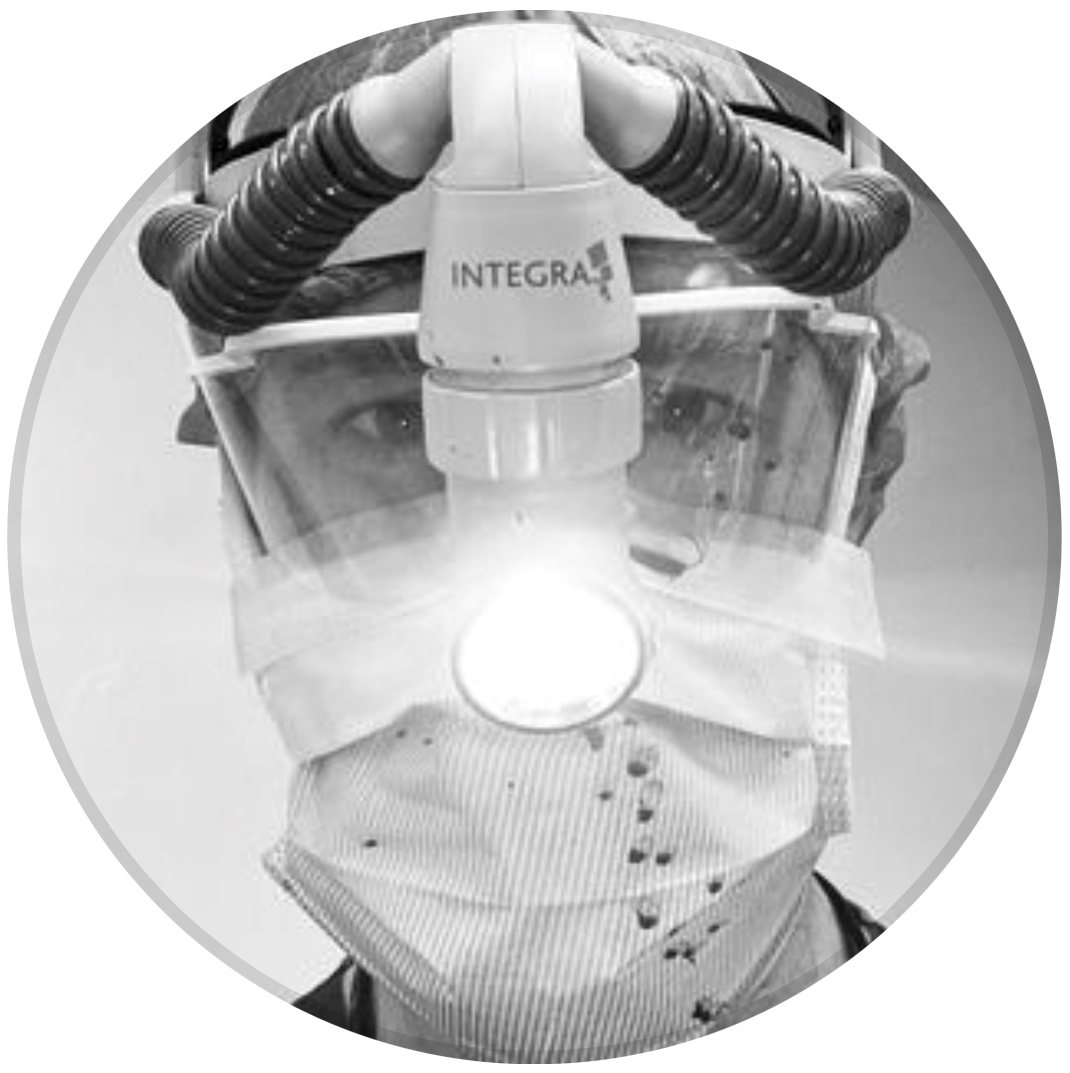
orthopaedic_trauma
- United States , Seattle
- Area of Specialty - General Trauma
- Position - Specialist Consultant

Industry Sponsership
contact us for advertising opportunities
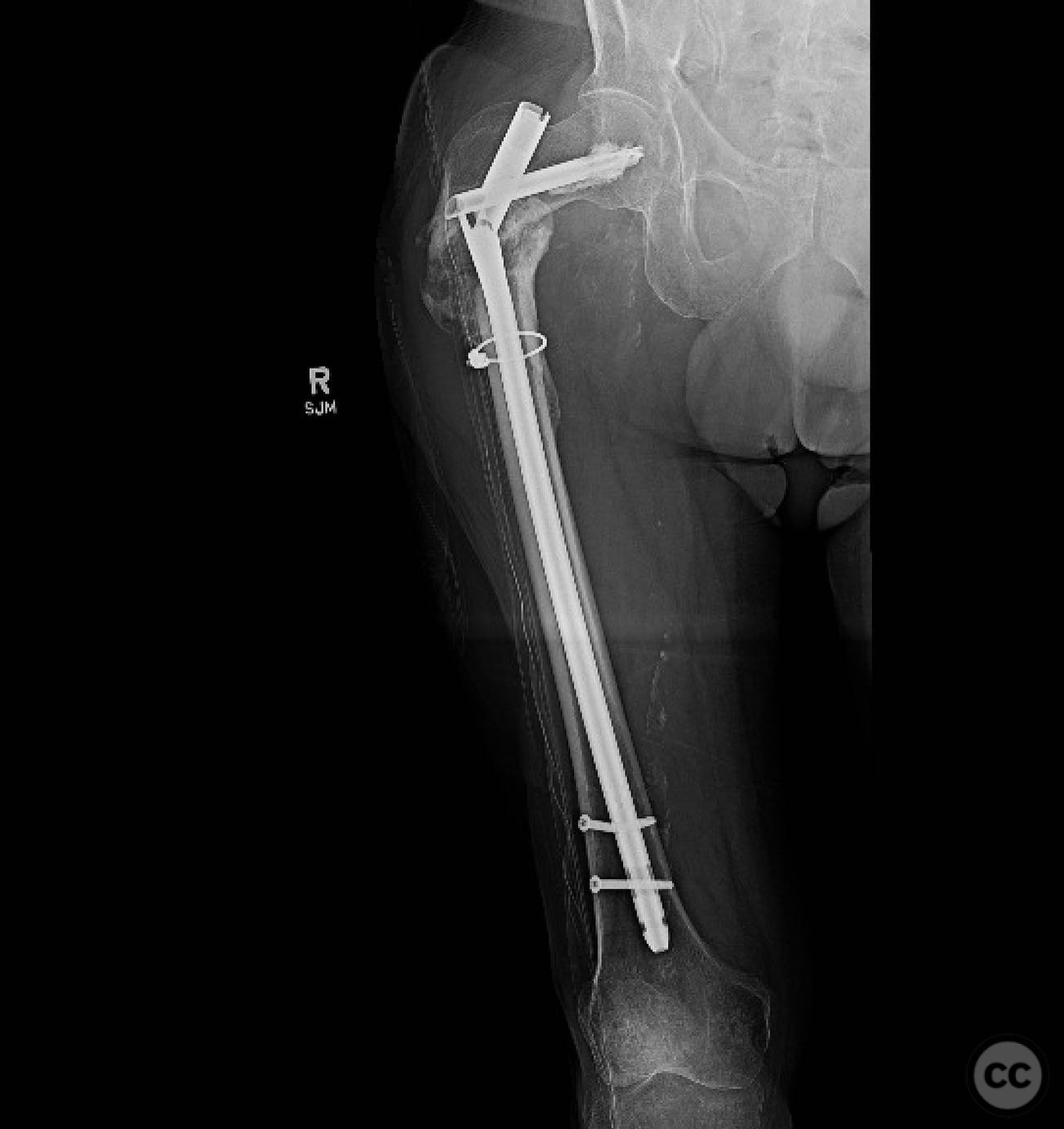
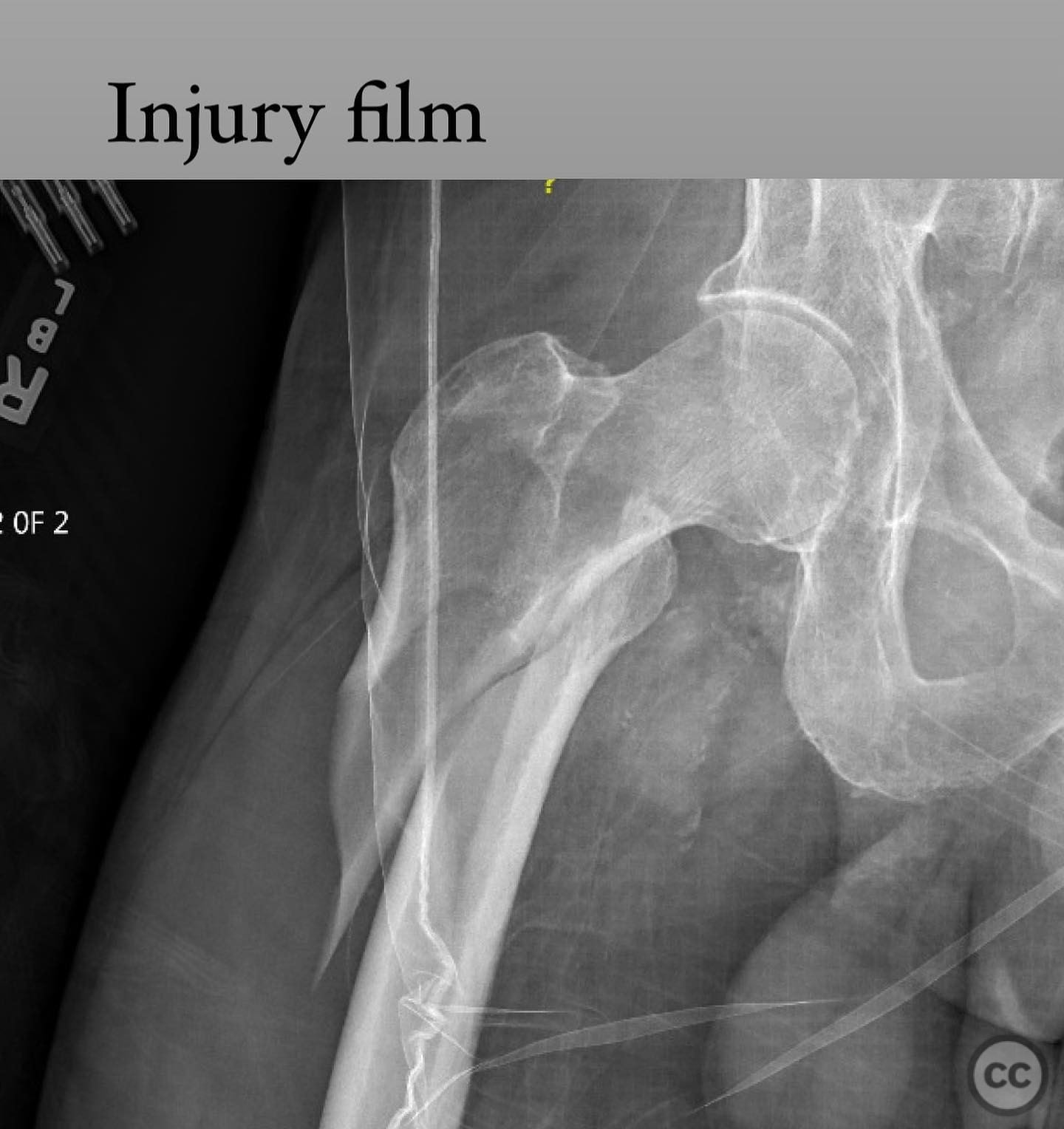

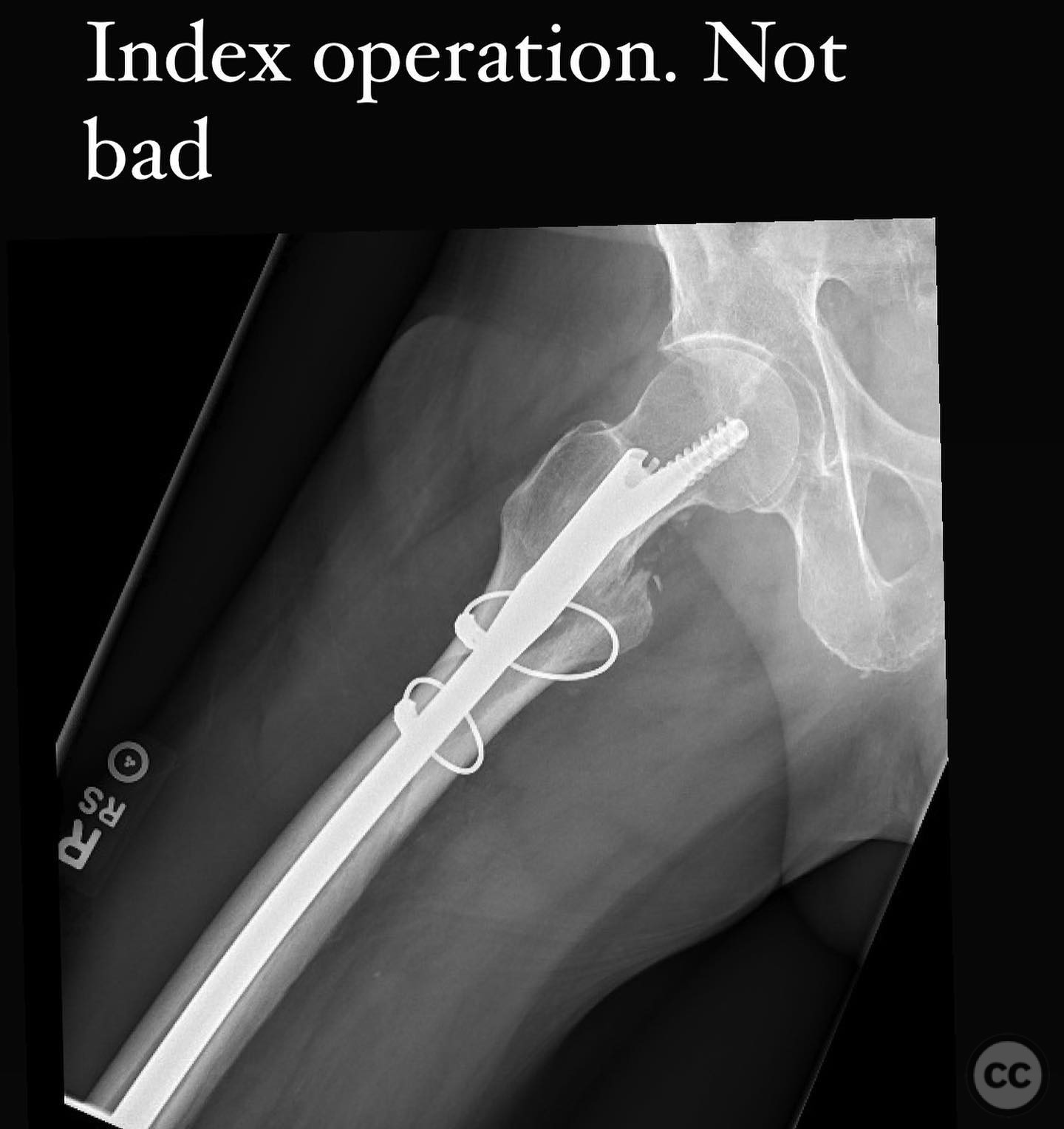
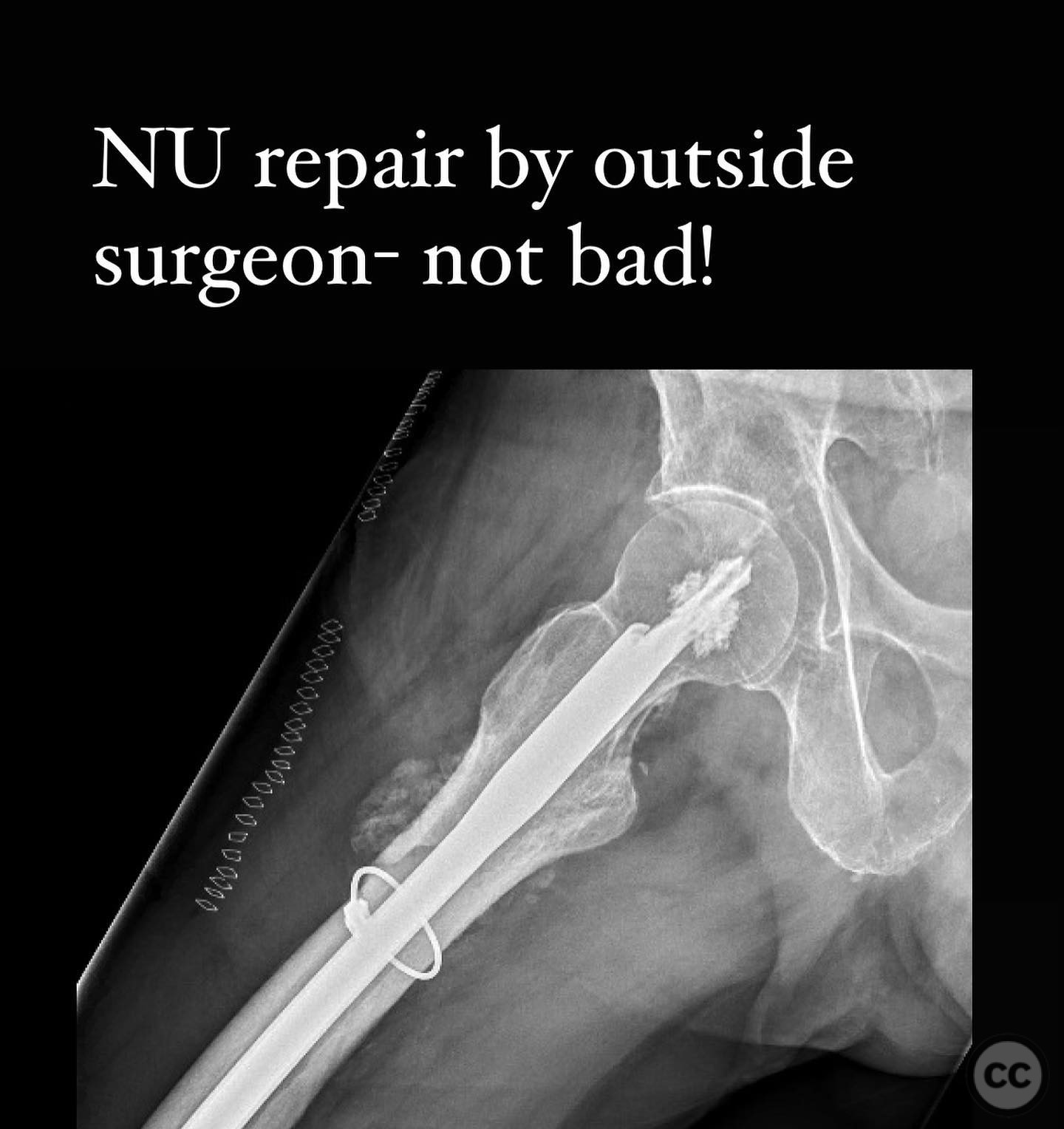
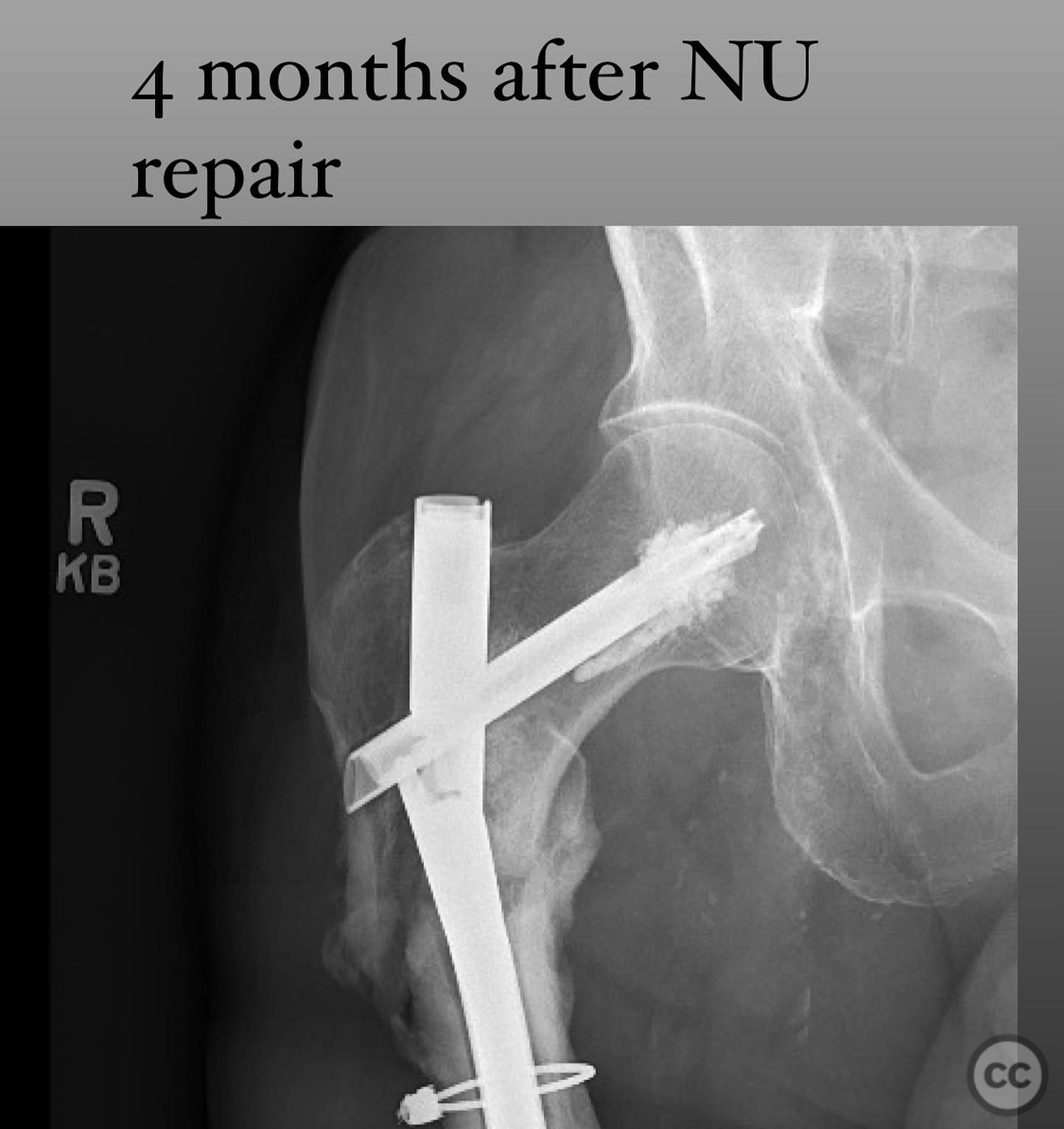
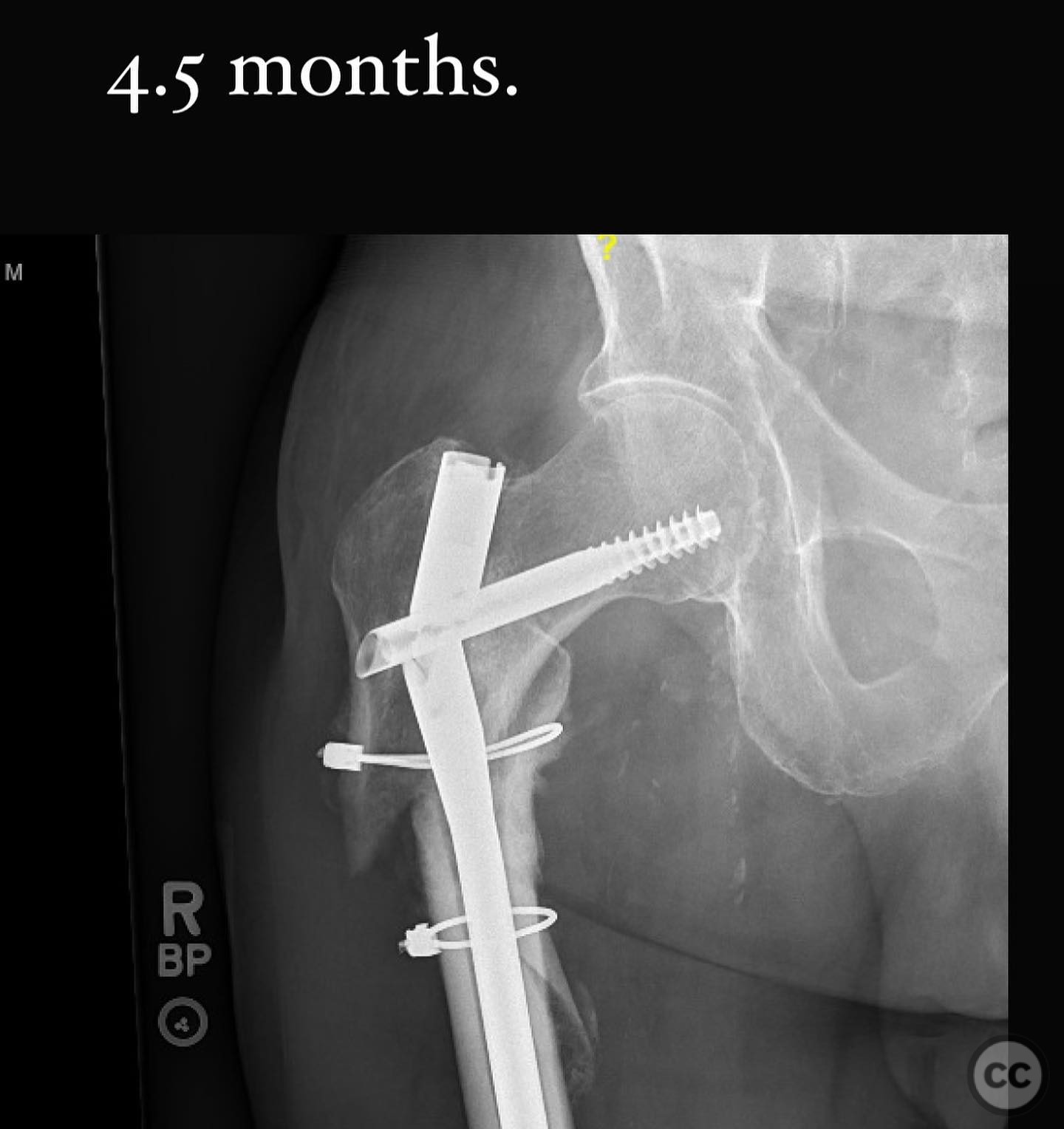
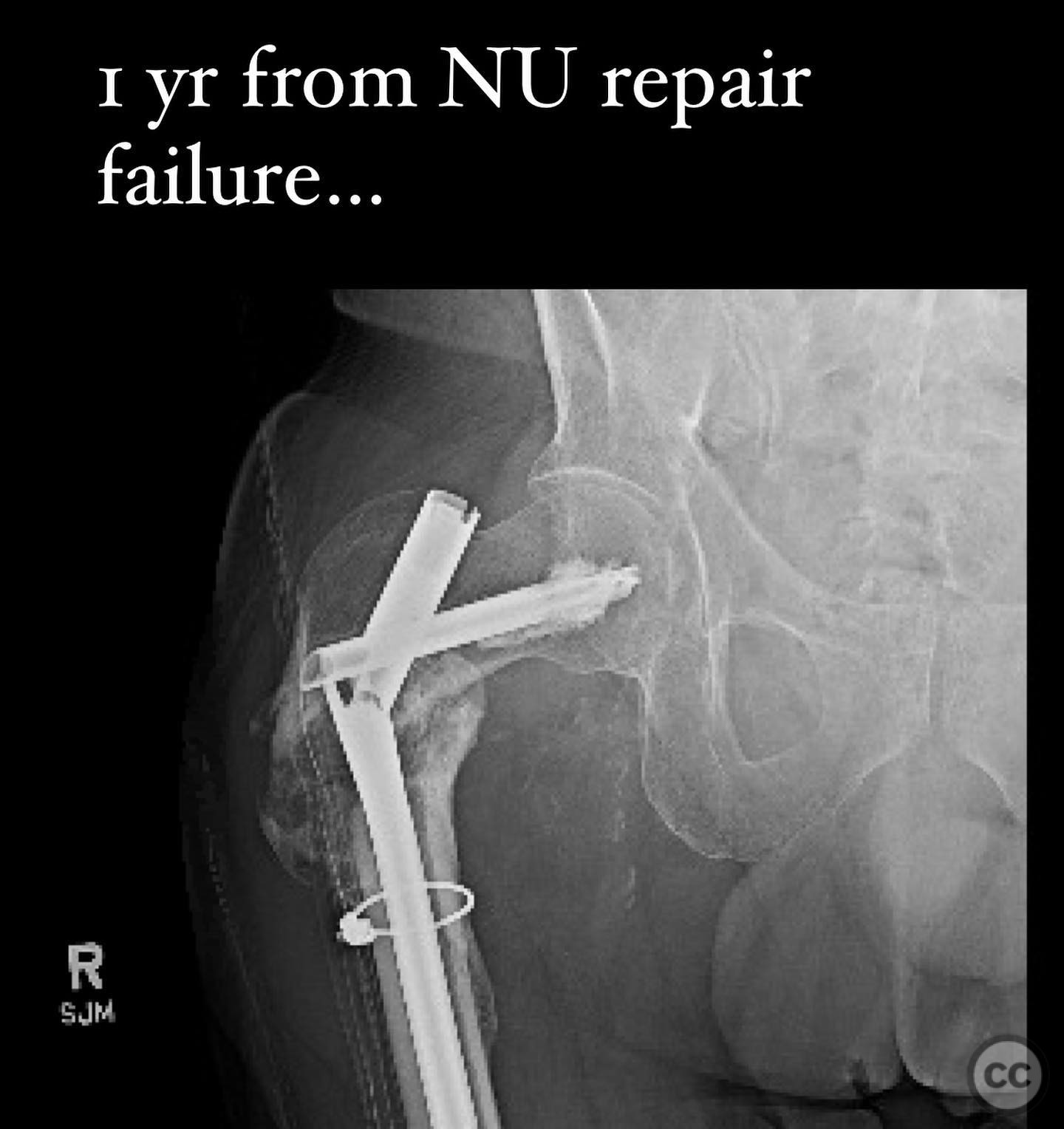
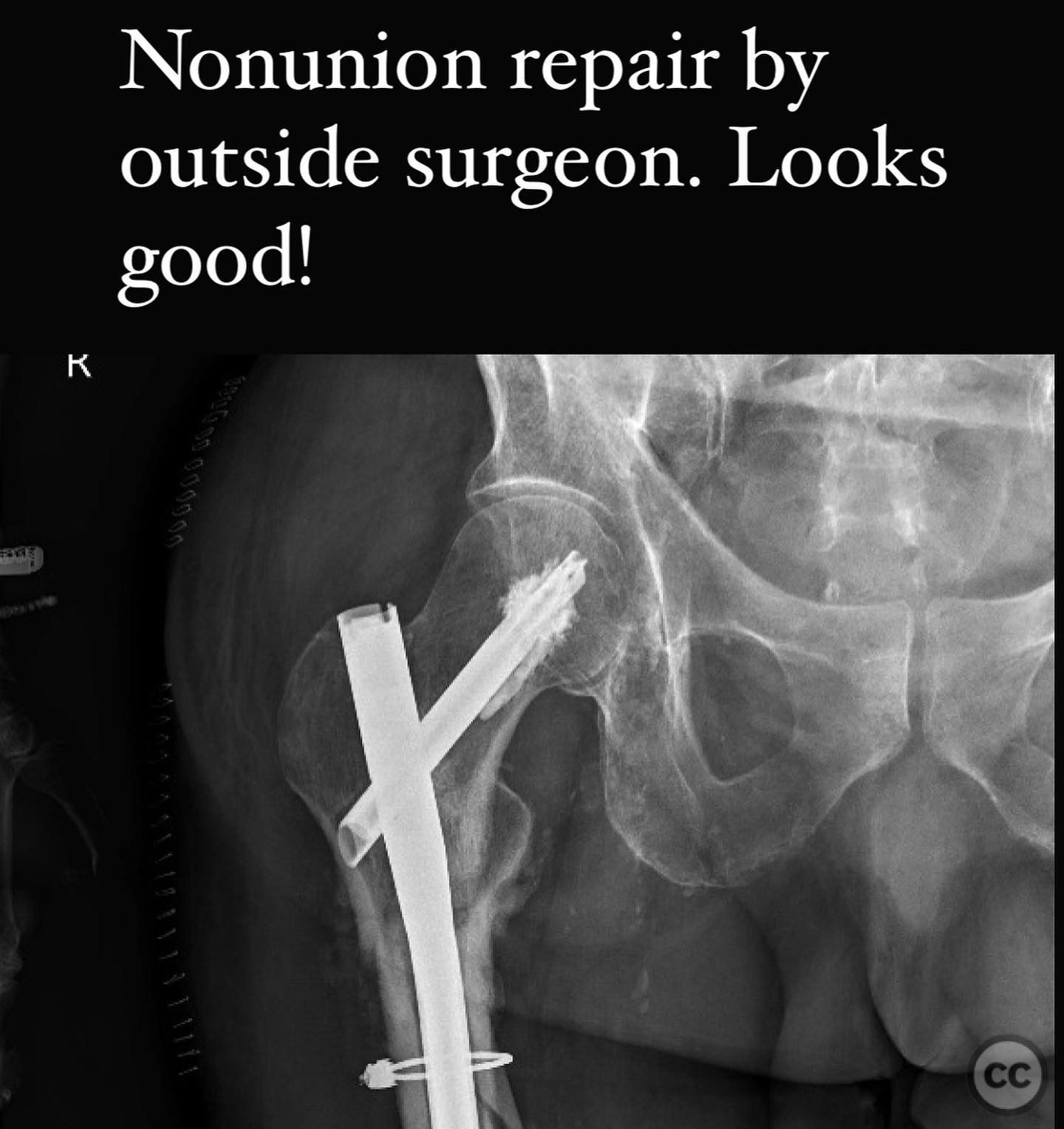
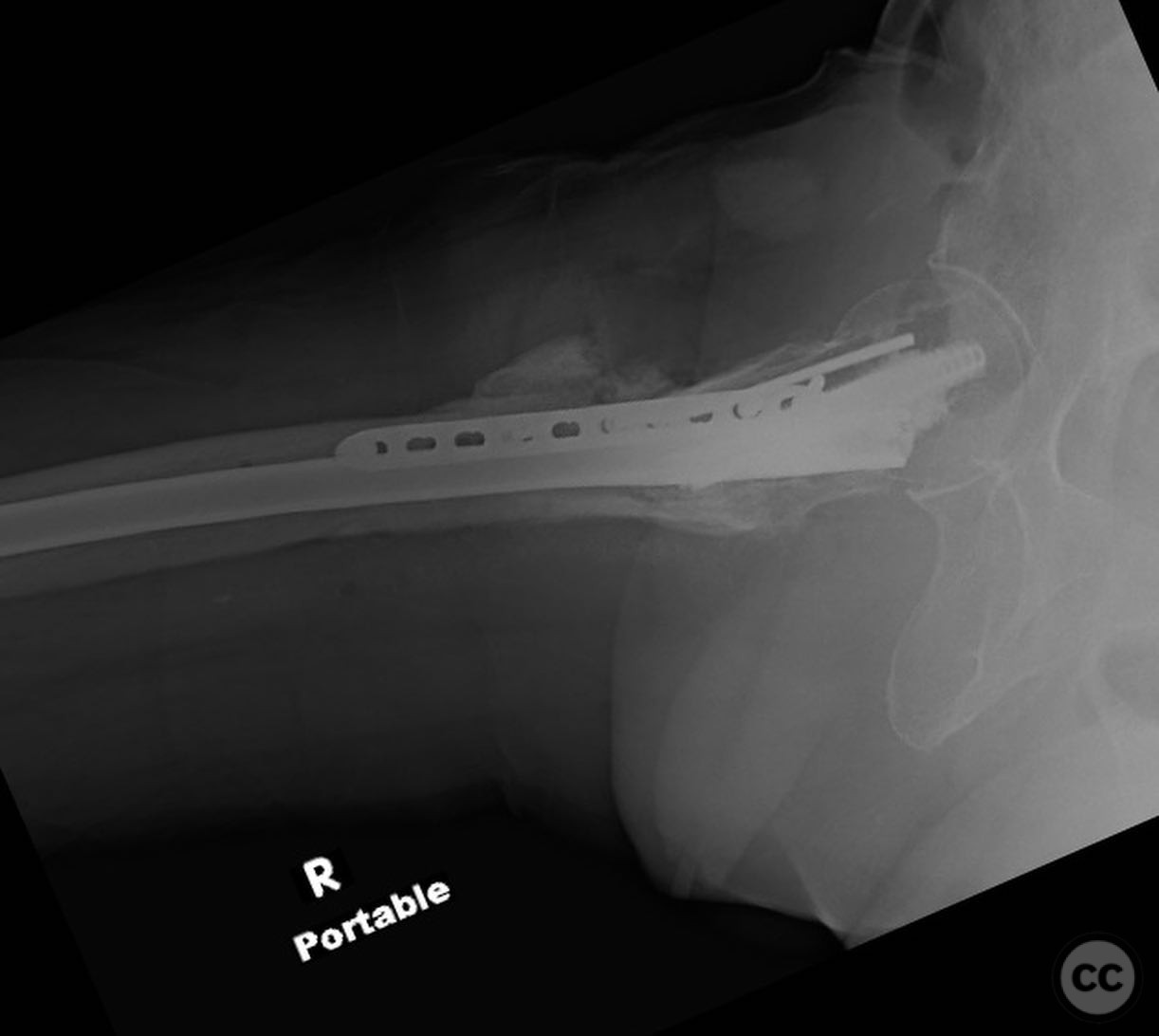

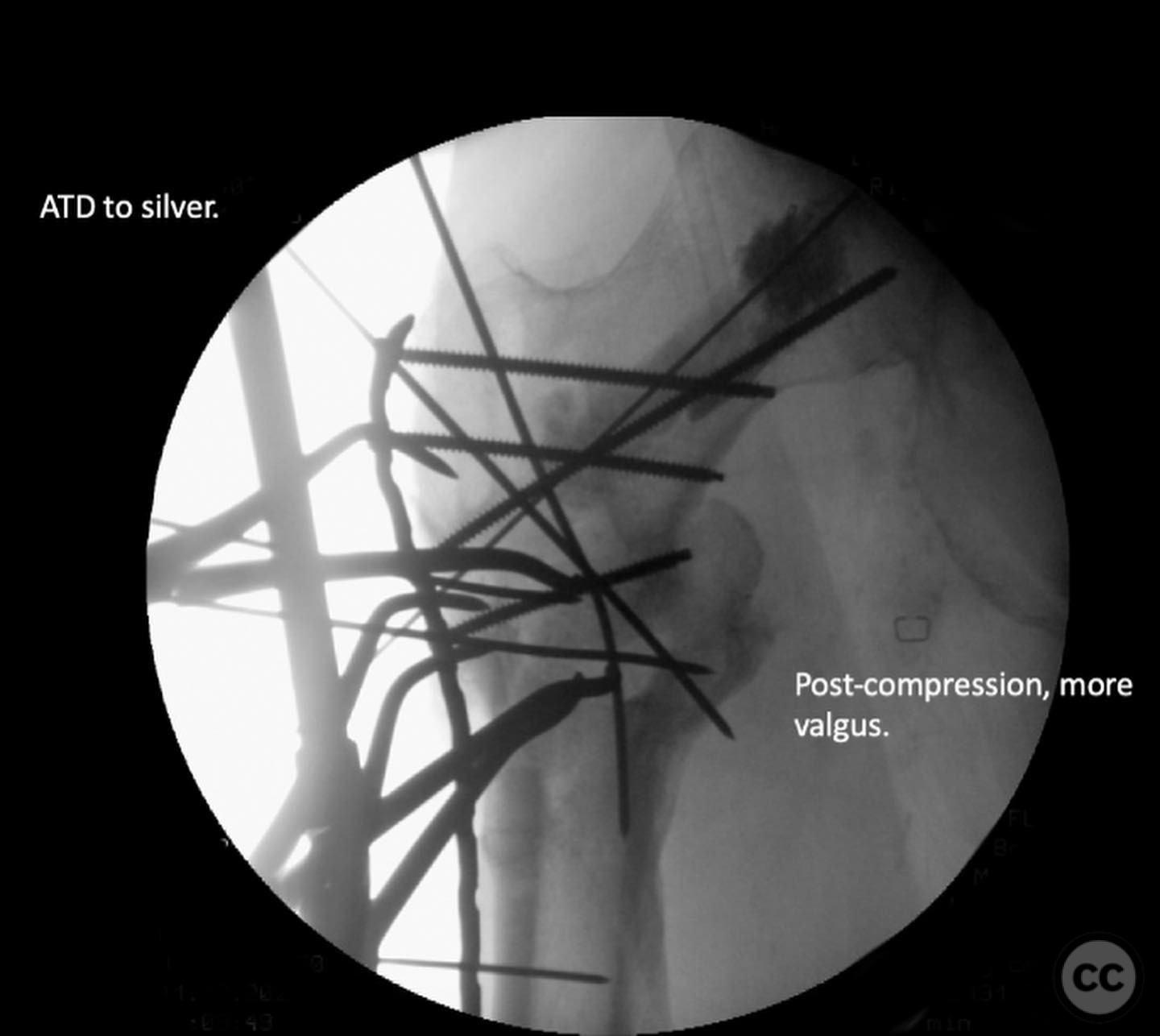

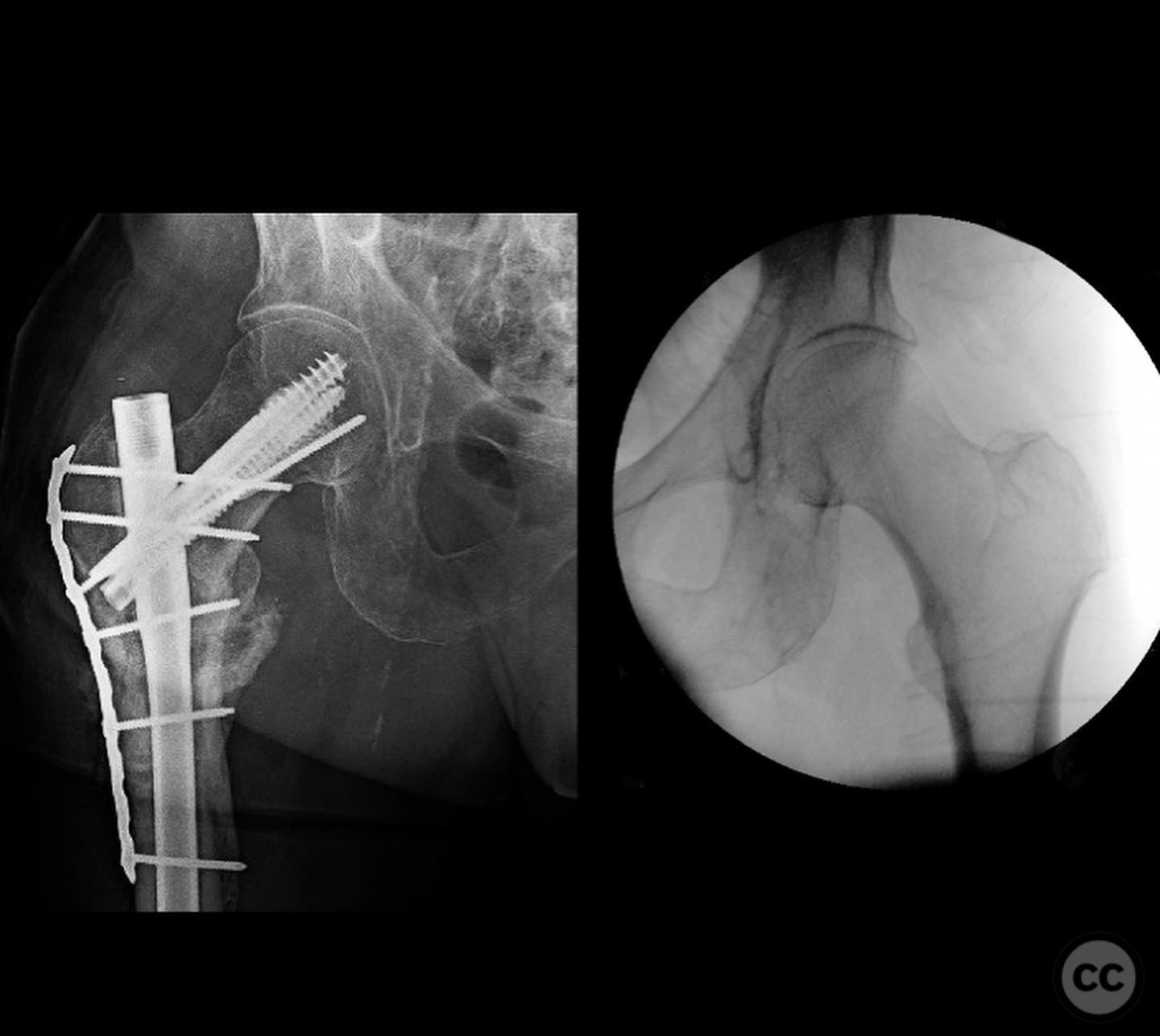
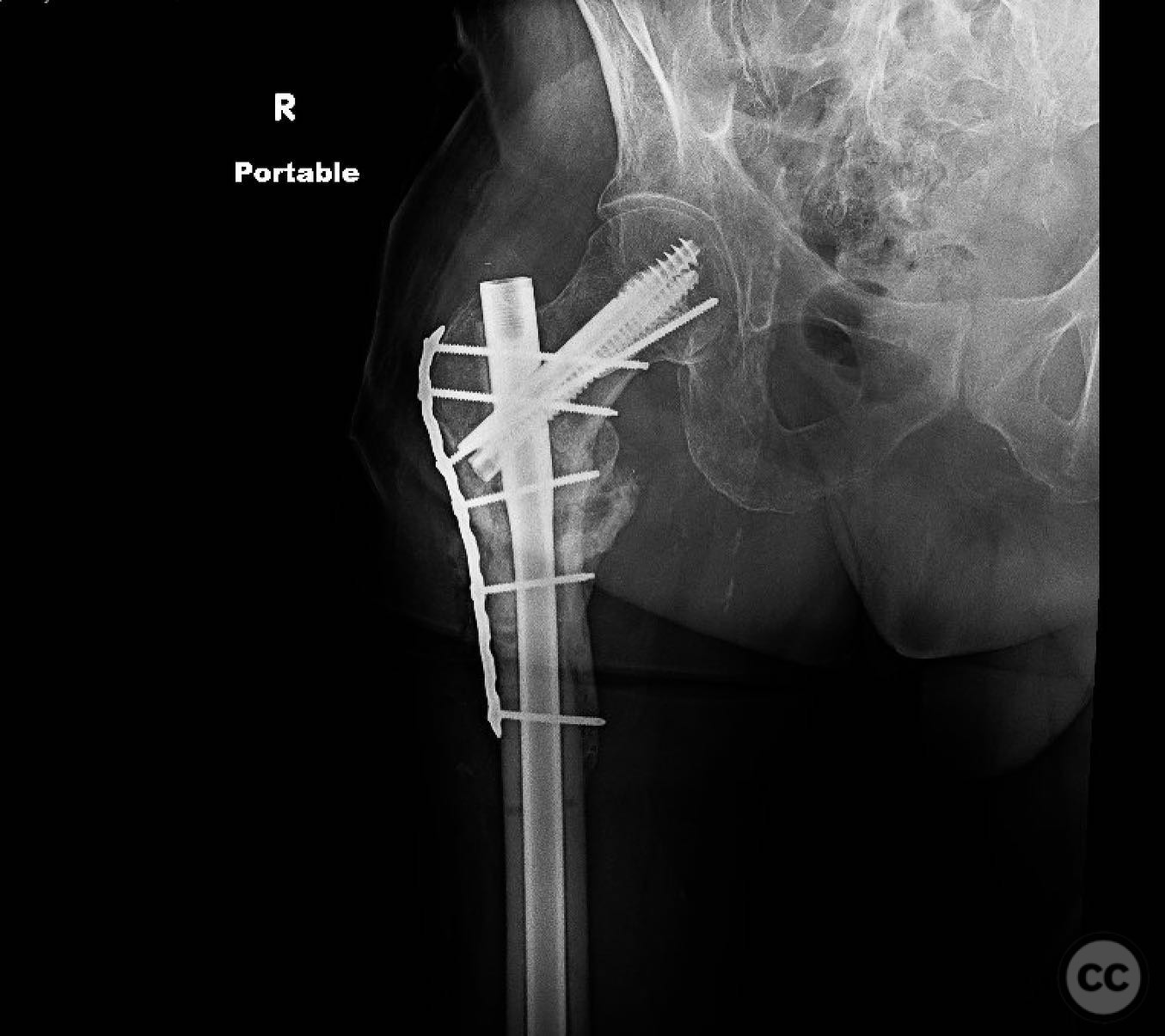
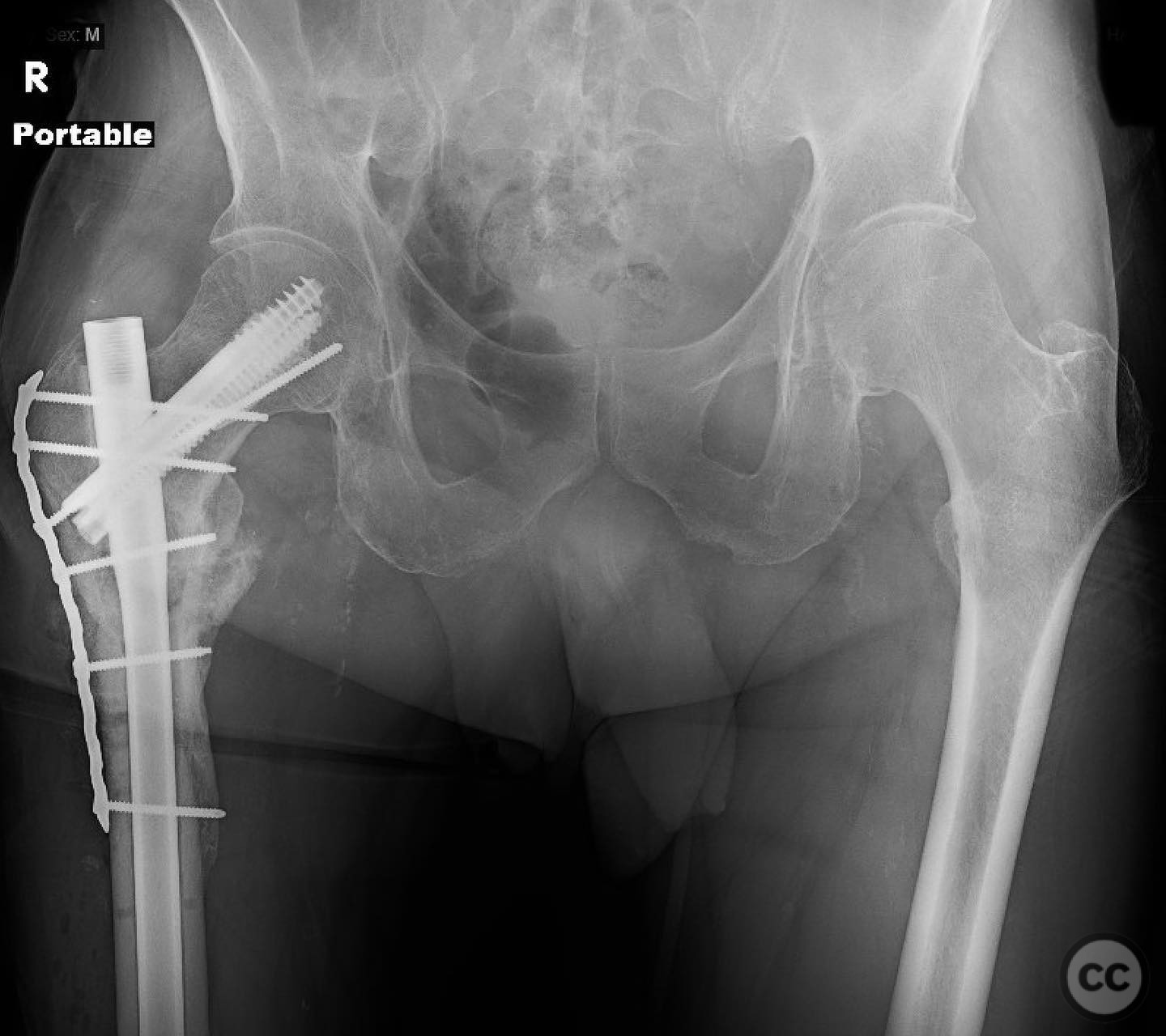
Article viewed 107 times
12 Jul 2025
Add to Bookmarks
Full Citation
Cite this article:
Surname, Initial. (2025). Pertrochanteric Femoral Nonunion Treated with Nail Plate Fixation. Journal of Orthopaedic Surgery and Traumatology. Case Report 29335545 Published Online Jul 12 2025.